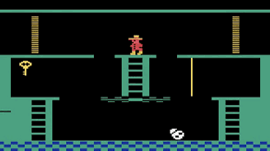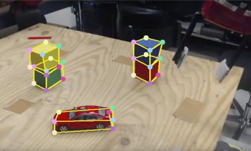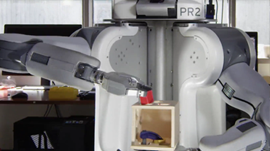Stanford researchers developed the first deep reinforcement learning agent that learns to beat Atari games with the aid of natural language instructions.
“Humans do not typically learn to interact with the world in a vacuum, devoid of interaction with others, nor do we live in the stateless, single-example world of supervised learning,” mentioned the researchers in their paper on how truly intelligent artificial agent will need to be capable of learning from and following instructions given by humans. “In our learning, we benefit from the guidance of others, receiving arbitrarily high-level instruction in natural language–and learning to fill in the gaps between those instructions–as we navigate a world with varying sources of reward, both intrinsic and extrinsic.”
Using CUDA, TITAN X Pascal GPUs and cuDNN to train their deep learning frameworks, the researchers combined techniques from natural language processing and deep reinforcement learning in two stages. In the first stage, the agent learns the meaning of English commands and how they map onto observations of game state. In the second stage, the agent explores the environment, progressing through the commands it has learned to understand and learning what actions are required to satisfy a given command. Intuitively, the first step corresponds to agreeing upon terms with the human providing instruction. The second step corresponds to learning to best fill in the implementation of those instructions.
Here’s a video of their best current model that achieved 3,500 points.

The researchers include that this approach can be applied to robotics where intelligent robots can be instructed by any human to quickly learn new tasks.
Read more >
Related resources
- GTC session: Reward Fine-Tuning for Faster and More Accurate Unsupervised Object Discovery
- GTC session: Generative AI Theater: Fast-Track AI Development With NVIDIA APIs and NGC Catalog
- GTC session: Breathing Life into Disney’s Robotic Characters with Deep Reinforcement Learning
- NGC Containers: Allegro Trains Agent
- NGC Containers: WarpDrive for Multi-Agent Reinforcement Learning
- NGC Containers: MATLAB










